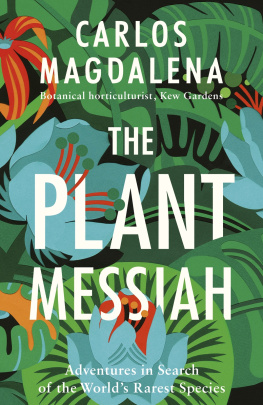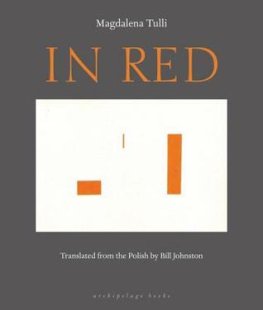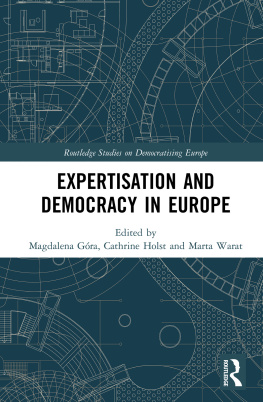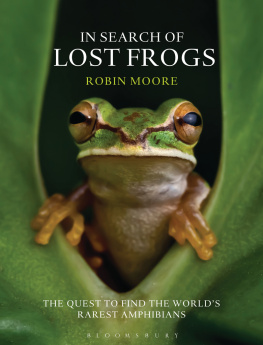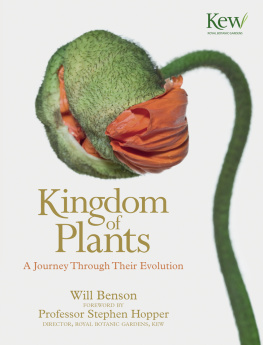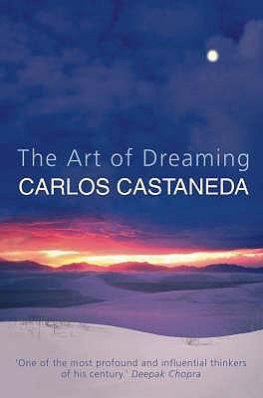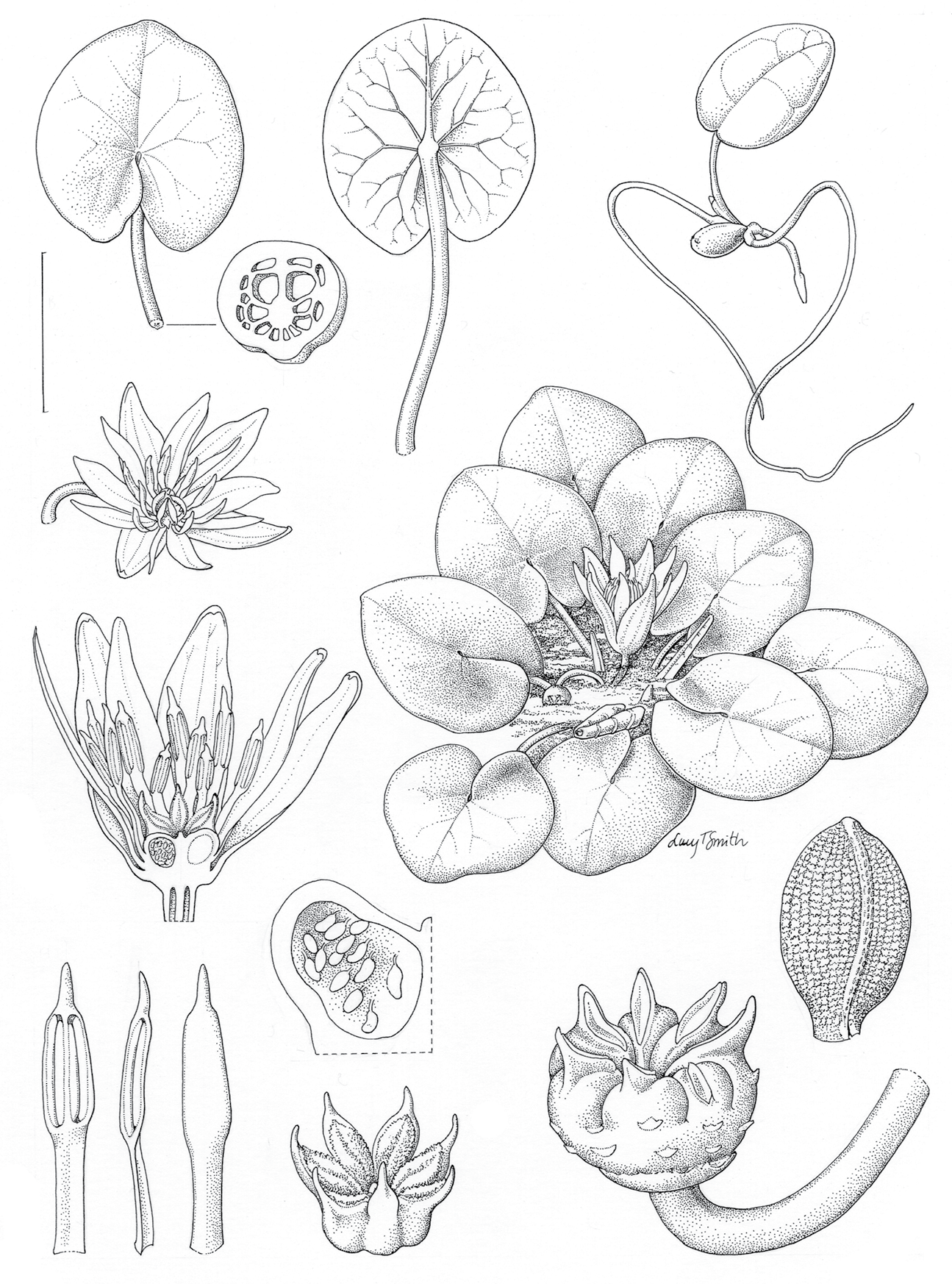Carlos Magdalena
THE PLANT MESSIAH
Adventures in Search of the Worlds Rarest Species
VIKING
UK | USA | Canada | Ireland | Australia
India | New Zealand | South Africa
Viking is part of the Penguin Random House group of companies whose addresses can be found at global.penguinrandomhouse.com.
First published 2017
Copyright Carlos Magdalena, 2017
The moral right of the author has been asserted
Cover artwork by Petra Brner
ISBN: 978-0-241-97930-3
To my mother, Edilia, who instilled in me a deep love of nature, and to my son, Matheo. May I pass on to him that same passion, so that one day he may enjoy opportunities similar to those that have enriched my life.
Look again at that dot. Thats here. Thats home. Thats us
The Earth is the only world known so far to harbour life Like it or not, for the moment the Earth is where we make our stand
There is perhaps no better demonstration of the folly of human conceits than this distant image of our tiny world. To me, it underscores our responsibility to deal more kindly with one another, and to preserve and cherish the pale blue dot, the only home weve ever known.
Carl Sagan reflecting on a photograph of Earth taken by the Voyager 1 space probe from a distance of 6 billion kilometres (Pale Blue Dot, 1994)
Glossary
.
plants that complete their life cycle in a year, from germination to setting seed, then dying.
.
binomial system the universal system of naming plant and animal to which it belongs and the second is its species name, e.g. Ramosmania rodriguesii.
bisexual flower a flower containing both male and female organs in a single flower.
.
identification.
chromosome a thread-like structure made up of , found in the nucleus of living cells.
.
colchicine a chemical extracted from the autumn crocus (Colchicum autumnale). Colchicine is a natural product that is used in medicine; it is also used in science to disrupt cell division and can cause duplication. The resulting offspring cease to be identical. In some cases it can render fertile plants sterile and sterile plants fertile.
a classification of vulnerability designated by the International Union for Conservation of Nature (IUCN), indicating flora and fauna which are considered to be facing a very high risk of extinction in the wild.
from one flower to another on a different plant.
, and genetically identical to the original parent plant from which it was taken.
plant species that produce separate male and female individual plants. Examples include ginkgo, juniper and kiwi fruit.
the hereditary material of most living things, containing the template for physical characteristics, growth, development and functioning.
the branch of biology that studies the relationships between organisms and their environment.
a rudimentary plant within the seed of flowering plants that develops into the stems, leaf and root.
at high risk of extinction in the wild or in cultivation.
naturally occurring in one specific, usually restricted locality and nowhere else in the world.
the seeds food supply until roots and shoots are formed.
a plant that grows on trees or other plants, but does not take nutrients from them, so is not a parasite.
).
develops.
.
a unit of heredity which is transferred from a parent to offspring and is held to determine characteristics of the offspring.
.
a complex sequence of events by which a plant emerges from a seed.
the area in lives, encompassing the climate, soil type, topography and other organisms.
a non-woody plant which usually dies down in winter.
a collection of preserved, mostly pressed plants, catalogued and arranged systematically for the study of classification.
having leaves of different shapes on the same plant.
the offspring of sexual reproduction by two genetically dissimilar parents. These offspring are often larger, more vigorous and healthier than non-hybrids.
.
.
a medium-textured soil with high proportions of sand, silt and clay. Usually regarded as a good soil for cultivation.
group of islands in the Indian Ocean comprising Mauritius, Rodrigues and Runion.
.
.
.
a usually fatal disease in rabbits caused by the myxoma virus.
origin or growth.
one of the six biogeographical areas of the world, this comprises South, Central and parts of North America, excluding the southernmost parts of Chile and Argentina.
.
the passage of molecules from a less concentrated solution to a more concentrated solution through a semipermeable membrane.
equivalent to human eggs; fertilized plant ovules lead to the development of seeds.
a horseshoe-shaped body of water that is formed when the wide meander of a river is cut off, creating a free-standing lake.
from the Municipality of Padrn, in Galicia, north-west Spain (near to Asturias). Often referred to as the Russian-roulette pepper, because although most of these peppers are mild, occasionally there is one that is ferociously hot.
the study of diseased, dying or dead tissue.
a leaf stalk, connecting the leaf blade with the stem.
the study of seasonal natural phenomena, especially in relation to weather, such as the annual appearance of the first butterfly or the blossoming of trees.
the scientific study of normal functions in living systems.
a coarse, often powdery substance made up of grains, which produce the male sperm cells (gametes) in seed plants.
.
, in order to produce seeds.
grains that is found in some plants, particularly orchids.
used to describe seeds that lose their fertility when dried.
an underground stem, often horizontal, lasting more than one growing season.
to stimulate root production.
.
, or rootstock) when grafting or budding.
the outermost leaf-like organs of a flower, often green.
a person said to influence good and evil spirits for the practice of divination or healing. They often use hallucinogenic plants as part of their ritual.
a unit of .
part of a grass flower head.
.
, which are often rudimentary or reduced.
.
is grafted.
.
is divided, formed by natural selection and generally geographically isolated populations. If isolation and differentiation continues, a subspecies can become a species.
a person who studies the classification of life forms and puts them into their correct categories.
.
are generally sterile but often quite vigorous.
is based.
.
capable of growth or reproduction.
showing ovule placentation; stigmatic disk and carpels; developing fruit with peduncle; magnified seed.
(Drawing courtesy of Lucy Smith, first published in Curtiss Botanical Magazine, 27)
Prologue
I stood in front of the glasshouse bench. It was a frosty early morning at the Royal Botanic Gardens, Kew, London.

